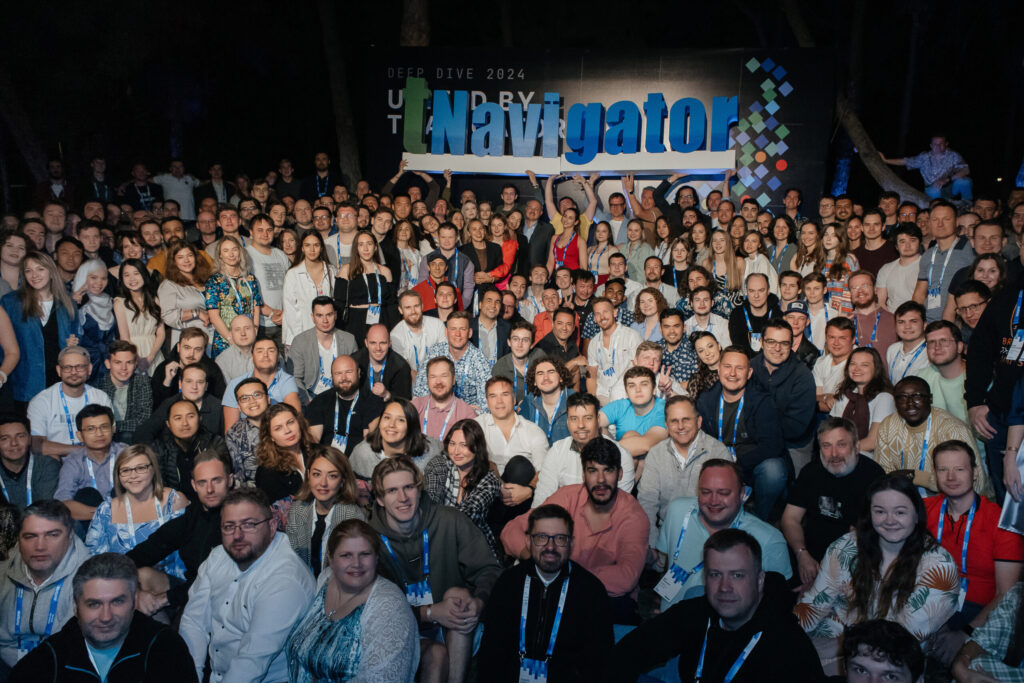News
2nd June 2025
Rock Flow Dynamics at EAGE Annual 2025 in Toulouse!
2nd June, 2025 We’re excited to announce that Rock Flow Dynamics will be exhibiting at the EAGE Annual Conference & Exhibition 2025, taking place from 2nd–5th June in the beautiful city of Toulouse, France. You’ll find us at Booth 1720, where our team of experts will be ready to connect with you throughout the event. …




